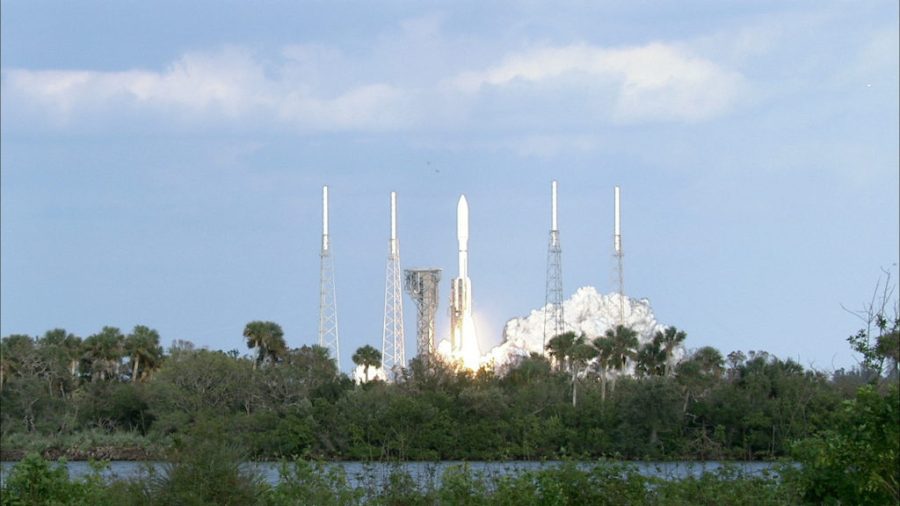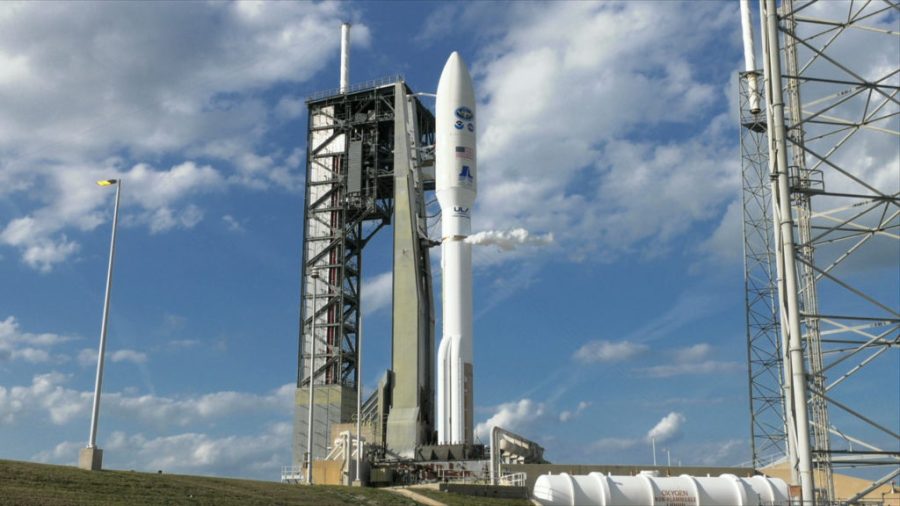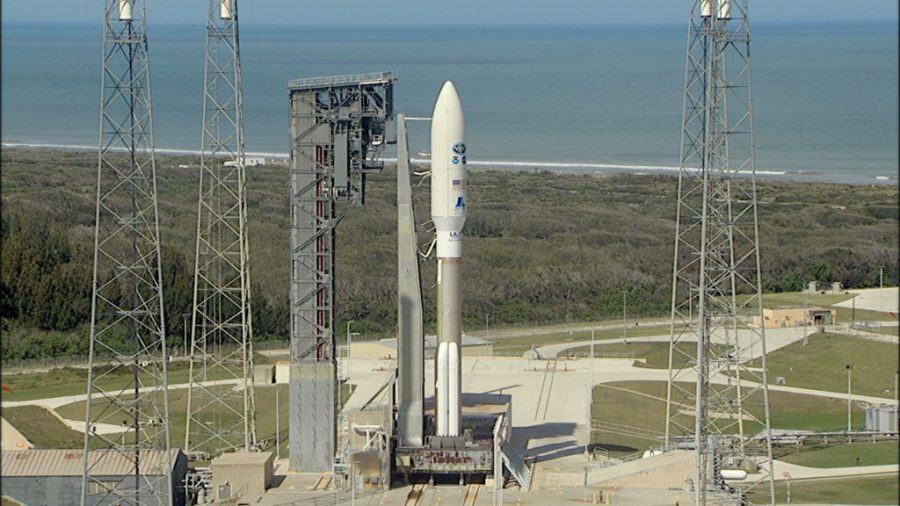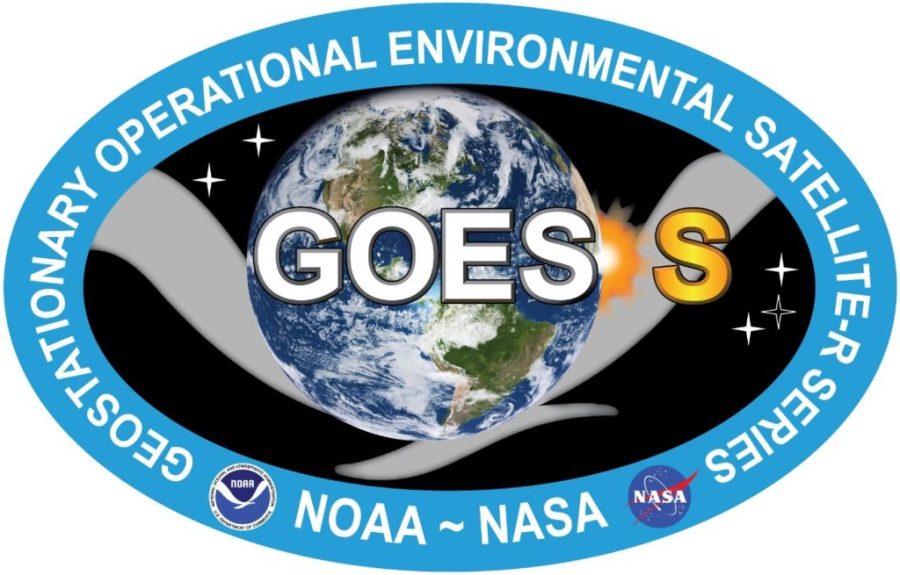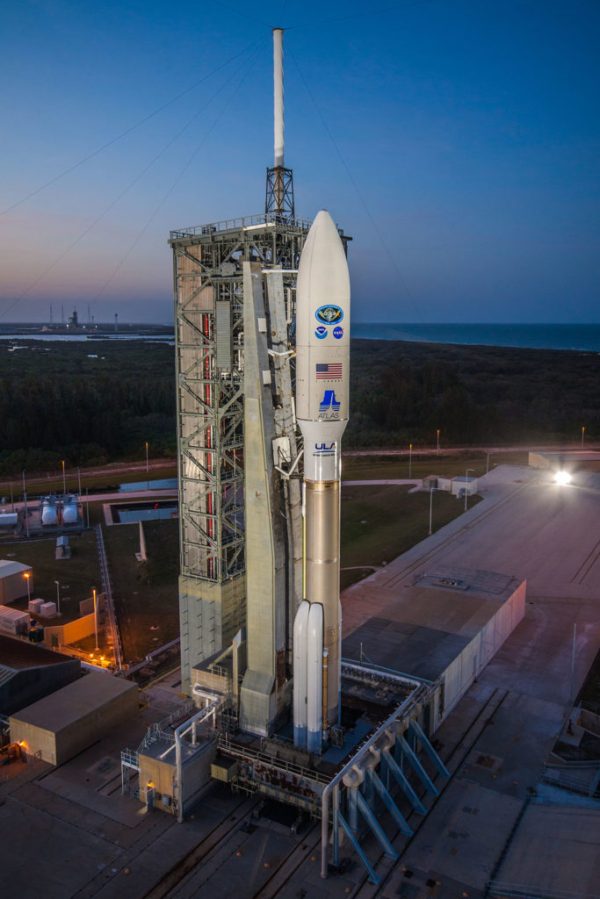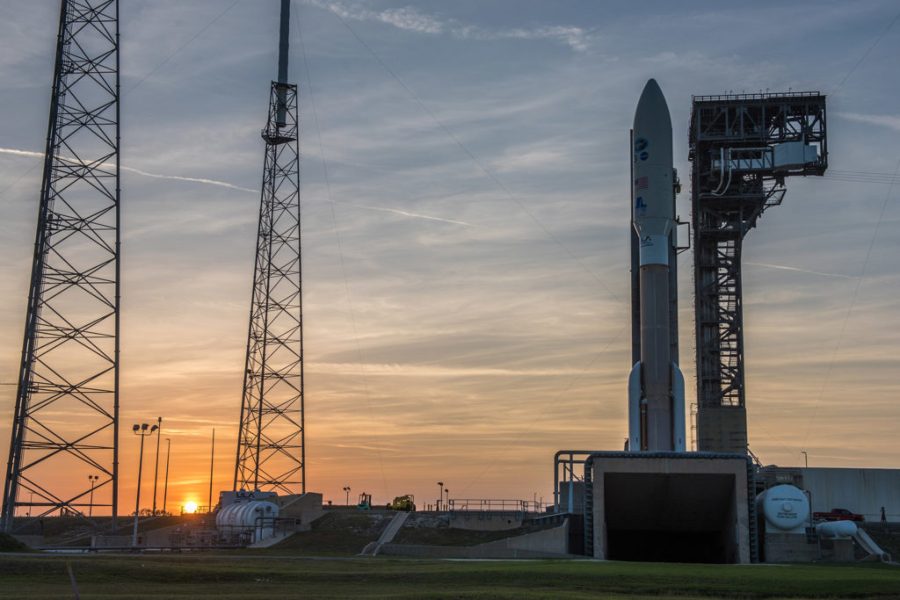The United Launch Alliance Atlas V rocket with NOAA's GOES-S satellite launched at 5:02 p.m. EST from Space Launch Complex 41 at Cape Canaveral Air Force Station in Florida. Photo credit: NASA
Centaur Stage in Coast Phase
The Centaur stage of a United Launch Alliance Atlas V rocket is firing its small thrusters to position itself and the GOES-S payload into the proper position to fire its main engine for the final time during the mission. NASA TV will resume coverage at 8:15 p.m. EST. Spacecraft separation is set to occur at approximately 8:31:55 p.m.
To view on the agency's website go to http://www.nasa.gov/live
For more information on the mission, visit: http://www.nasa.gov/goes



























